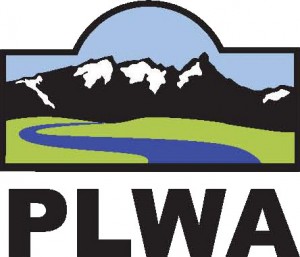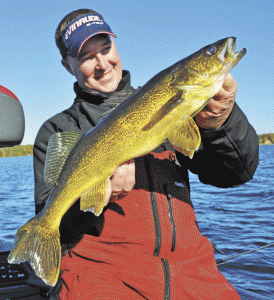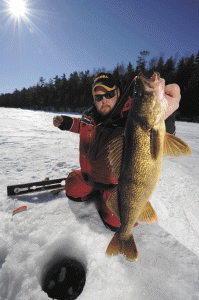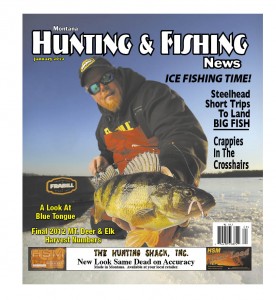Keeping the Public on
Montana Public Land and Water.
(Now and Forever!)
Speak Up For Public Lands Access
Sign the petition to the Montana House Judiciary Committee by clicking on our logo above. It will take you to change.org.
Corner Crossing Petition
It is rare when the sportsmen and women of Montana have been offered a chance to greatly increase our access to public lands. HB 235, currently being heard by the House Judiciary Committee, offers such an opportunity. HB 235 would allow corner crossing where a person could cross over the top of a property corner from one property that was public or they had permission on to another property that was public or they had permission on.
HB 235 is sponsored by Rep. Hill-D and co-sponsored by Rep. Kerns-R who is the Chair of the House Judiciary Committee. Due to this bi-partisan support the bill has the very real possibility of passing.
For many, many years, sportsmen have bemoaned our lack of a specific statute that allowed access to public land from another piece of public land by crossing over the corner of said properties. With the advanced GPS technology, including land ownership software, available today it is possible to determine property corners with a high degree of certainty.
We may get only one shot to pass a bill such as this. Add your name to this roster and fight for the right to increase our access to public lands
To:
Judiciary Committee of Montana State Legislature
TO ALL MEMBERS OF THE HOUSE JUDICIARY COMMITTEE:
HB 235-AN ACT REVISING LAWS RELATED TO TRESPASS; PROVIDING FOR AUTHORIZATION TO REMAIN LAWFULLY AT CORNER OF PARCELS creates a unique opportunity to increase access to public lands by allowing corner crossing where a person could cross over the top of a property corner from one property that was public or they had permission on to another property…
TO ALL MEMBERS OF THE HOUSE JUDICIARY COMMITTEE:
HB 235-AN ACT REVISING LAWS RELATED TO TRESPASS; PROVIDING FOR AUTHORIZATION TO REMAIN LAWFULLY AT CORNER OF PARCELS creates a unique opportunity to increase access to public lands by allowing corner crossing where a person could cross over the top of a property corner from one property that was public or they had permission on to another property that was public or they had permission on.
When one looks at the various BLM and National Forest maps for Montana it becomes apparent the amount of “checker boarding” that exists between public and private lands. The hunters, hikers etc. of Montana for years have wanted a statute that allowed for corner crossings. As it exists today, it is a grey area where we do not know the legal ramifications of corner crossing. This only hurts law abiding citizens as the person intent on trespassing will do it wherever they want whether it is at a corner on in the middle of private property.
Please consider the many advantages of corner crossing including increased access to public lands by all; disbursement of hunters to eliminate overcrowding in certain areas; and increase harvest of elk herds in areas over objective. For sportsmen and women, access, or actually lack of access, has been a critical issue for many years. As Montana’s population continues to grow, this problem will only get worse. Montanans are well known for their love of the outdoors and all kinds of outdoor activities. We are seeing many more conflicts between the various user groups. Anything we can do to provide more opportunity benefits all Montanans.
We ask that all the Committee members seriously consider supporting HB 235 and the benefits it provides. All we are asking is to be allowed to access public lands from adjacent/touching public lands. We look to you as leaders to do what is right for the people of Montana.
Sincerely,
[Your name]




